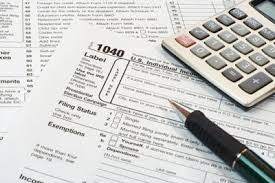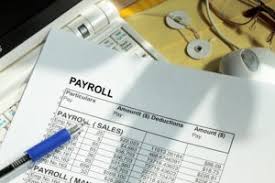I. SBA Disaster Home and Business Loans Covered under Previous Automatic Deferments
SBA disaster home and business loans covered under the previous automatic deferments will be granted an additional automatic deferment of principal and interest payments through March 31, 2022.
Additionally, SBA will grant a deferment of principal and interest payments through March 31, 2022, to disaster home and business loan borrowers whose loans were approved prior to 2020 and were in regular servicing status as of March 1, 2021.
II. SBA Disaster Loans Approved in 2020
SBA will extend the deferment period for disaster home and business loans approved in calendar year 2020 which were not covered under the previously issued Procedural Notices. This includes COVID-19 EIDLs approved in calendar year 2020. Disaster home and business loans approved in 2020 must be in Undisbursed or Regular Servicing status as of March 1, 2021, to be eligible for the automatic deferment. SBA will provide these disaster loan borrowers with a total deferment of 24 months from the date of the note.
Disaster loans approved in 2020 that have already commenced monthly payment pursuant to their Loan Authorization will be deferred for a 12-month period starting with their Next Installment Due Date.
III. SBA Disaster Loans Approved in Calendar Year 2021
SBA will extend the deferment period for all disaster home and business loans, including COVID-19 EIDLs, approved on or after January 1, 2021. Disaster home and business loans approved on or before March 1, 2021, must be in Undisbursed or Regular Servicing status as of March 1, 2021. SBA will provide these disaster loan borrowers with a total deferment of 18 months from the date of the note.
IV. Guidelines Relating to These Deferments
Borrowers are advised that:
- Interest will continue to accrue on the loans during the deferment;
- For loans that were not covered under the previously authorized deferment, the automatic deferment will be reflected on their next monthly payment notice (SBA Form 1201);
- Borrowers will not receive monthly payment notices (SBA Form 1201) during the deferment period;
- Borrowers will be contacted via the SBA’s automated dialing system using the telephone number associated with the SBA loan approximately one month before the automatic deferment ends; PAGE 3 of 3 SBA Form 1353.3 (4-93) MS Word Edition; previous editions obsolete Must be accompanied by SBA Form 58 Federal Recyling Program Printed on Recycled Paper
- Borrowers are strongly encouraged to create an account in SBA’s Capital Access Financial System (CAFS) to monitor their loan status. Account enrollment instructions are available here;
- The deferment will not stop any established Preauthorized Debit (PAD) or recurring payment on the loan. Borrowers with an SBA established PAD will have to contact their SBA servicing center to stop recurring payments during the deferment period. Borrowers that have established a PAD through Pay.Gov or any other bill pay service are responsible for terminating recurring payments during the deferment period;
- Borrowers preferring to continue making regular payments during the deferment period may continue remitting payments during the deferment period. SBA will apply those payments normally as if there was no deferment; •
- After the automatic deferment period ends, borrowers will be required to resume making regular principal and interest payments.
- For SBA disaster home and business loans covered under the previous Procedural Notices authorizing automatic deferments, borrowers will be required to resume making regular principal and interest payments after the automatic deferment period ends March 31, 2022;
- For eligible SBA disaster home and business loans approved in 2020, borrowers will be required to begin making regular principal and interest payments 24- months from the date of the Note;
- For SBA disaster home and business loans approved in 2021, borrowers will be required to begin making regular principal and interest payments 18-months from the date of the note;
- Upon request, SBA will evaluate borrower circumstances on a case-by-case basis to determine the nature and extent of further relief that may be appropriate for each situation
You may view the full notice at https://www.sba.gov/sites/default/files/2021-03/5000-807838-508.pdf.


